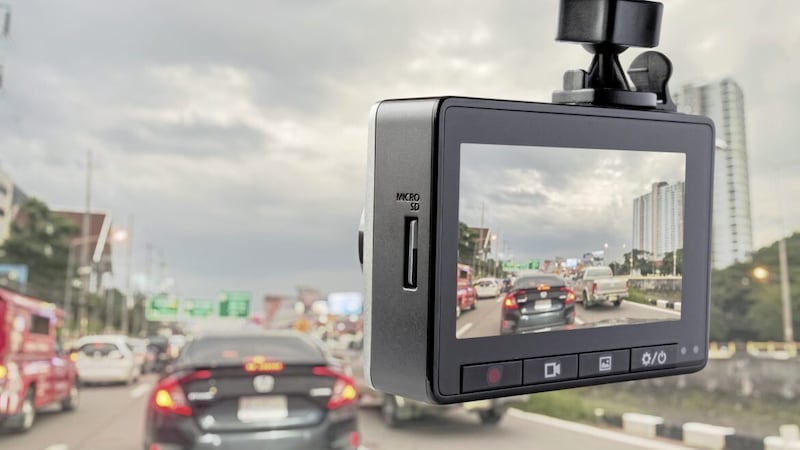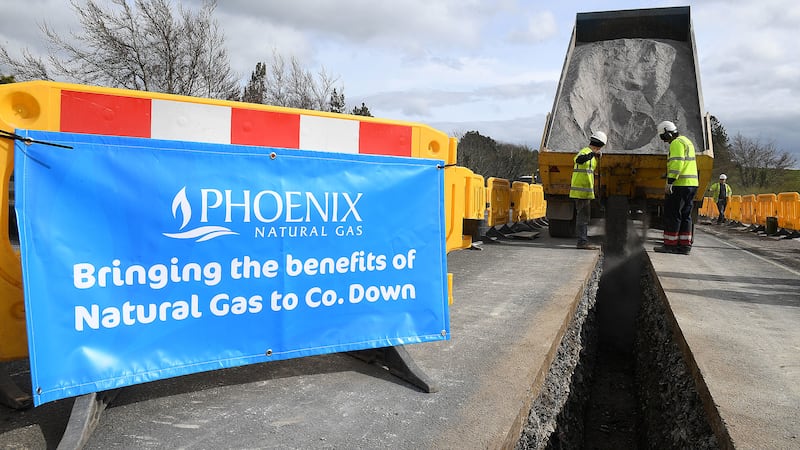FLEET insurance is designed for businesses seeking simplicity and efficiency. With one policy covering all vehicles and a single renewal date, it streamlines the insurance process, reducing administrative hassle for the customer.
This type of insurance is highly versatile and includes private cars, commercial vehicles, and even specialised equipment like plant and machinery.
Whether your business operates a mixed fleet of just two vehicles or a range of vehicle types, fleet insurance has the flexibility to accommodate your needs. This flexibility is most beneficial to a business when their fleet is growing.
The additional vehicles are added for cover straight away and then charged, either on a pro-rata basis or logged on a declaration where the charges are determined at pre-agreed intervals throughout the policy – in most cases twice a year.
Coverage options include comprehensive, third party, fire & theft, and third party only, allowing businesses to tailor their insurance to match their specific requirements.
Additionally, any driver options are often available within a defined age range and driving experience.
The right level of coverage for your fleet hinges on several factors, including the types of vehicles and their intended use. A taxi company, for example, may require different coverage than a delivery company or a logistics firm.
Insurers ask pertinent questions to ensure your fleet is adequately protected. If your vehicles serve as tools of trade, an engineering policy may be necessary in addition to standard motor insurance.
This personalised approach ensures you're well-covered.
Premiums for fleet insurance are influenced by several factors. These include the type of vehicles in your fleet, the industry in which you trade, previous claims experience, the age and experience of your drivers, and any unique circumstances.
They are also influenced by the type of use; for example, a construction worker using a vehicle may only do so to get to and from a site while a delivery vehicle will be on the road for entire shifts.
High-performance vehicles may come with higher premiums, and most policies typically cover drivers between the ages of 25 and 70 with at least two years of driving experience.
If you employ younger drivers, informing your insurer is crucial, as they might not be automatically covered. However, insurers can work with you to find tailored solutions.
Proactive safety and risk management practices can help influence an insurer’s decision on the acceptability of a risk and at what cost. Implementing driver training, and assessments, and using technologies like dash and reverse cameras can help mitigate damage and provide valuable evidence in case of accidents.
In-house, you too can help make your policy airtight by regularly checking driver's licenses for points and even using vehicle trackers for risk management can further enhance safety and reduce insurance claims.
These practices promote safety and demonstrate a commitment to risk reduction, which insurers often reward.
In the unfortunate event of an incident involving a fleet vehicle, a streamlined claims process is essential and what you do and advise your staff to do can be crucial.
Dash cams can provide valuable evidence in determining fault. Collect as much information as possible at the scene, including photographs and witness statements. In some cases, involving the police can be beneficial.
:: Andy Craig is account executive at AbbeyAutoline (www.abbeyautoline.co.uk)








